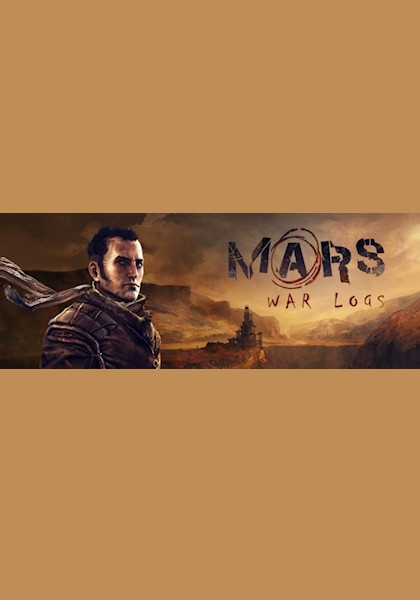Mars: War Logs Review
-
Category: ReviewsHits: 48574

Article Index
Page 2 of 5
Feats, on the other hand, are similar to their namesake in Dungeons & Dragons 3.5 and perks in Fallout, with the notable difference that the most powerful ones require more points to buy and also have some attached requirements such as killing enough enemies, or crafting enough items. Some of them offer passive bonuses such as increased combat experience points, while others have more tangible effects, like unlocking new items for your crafting list (this is the only way you can expand it, as there are no recipes in the game). Finally, there are also some feats that are tied to your reputation, and get awarded automatically when you reach that level. Therefore bad characters are more likely to crit, while the most upstanding players will be rewarded with companions that are far stronger and more resilient in combat.Speaking of crafting, this is, while imperfect, one of the few points where the game feels genuinely interesting and enjoyable. While the items list is fairly small and the loot power progression is arguably linear, most items can be improved via crafting. The game features a vast array of upgrades, with bonuses such as increased critical chance, increased wounding chance, electrical damage, better blocking, increased Fluid and Health regeneration, electrical damage resistance and more. Overall, neither weapons nor armors have a be-all and end-all option, and I found myself upgrading a few variants of the same weapon and armor instead of selling them to be sure I could handle every situation. On top of this, there's also a crafting kit with which you can craft ammo for your nailgun, convert crafting materials and make Fluid and Health injections.
That said, even crafting has two critical flaws. First of all, there's simply too much loot lying around. The game's areas are chock-full of containers and junk, and even your enemies often carry quite a few materials with them. This greatly reduces the weight of your choices, as you usually always have some excess crafting materials to spare to change the tip of your current weapon, or get those Technomancer pauldrons you were eyeing earlier before going for a cheaper alternative. Secondly, and this actually surprised me quite a bit, you can craft during combat. Should I have found myself about to die and out of health injections while I was playing the game, I'd simply hit I, open my crafting kit tab and craft a few to use. I'm not sure if this was intended or simply an oversight, but it did trivialize the toughest encounters. That's never good.
Gameplay and combat
If you're not reading dialogue, interacting with other NPCs or looting containers in Mars: War Logs, that likely means you're fighting. And luckily, given that the game is quite encounter-heavy, the combat system is competent. Your basic palette of moves consists of melee attacks (the left mouse button when using a mouse and keyboard, X on the Xbox 360 gamepad) which you can string in short combos, parrying (right mouse button/B), a roll dodge (space bar/A) and a guard-breaking attack (F/Y). In addition to these moves you'll also unlock new abilities which you can tie to your hotkeys, or access from the "tactics menu" (Q/RB), which slows down time and allows you to select from all your available abilities or assign orders to your companions. Some of the abilities you use have their own resources: using the nail gun consumes ammo, while every single ability in the Technomancy tree consumes Fluid, the game's mana equivalent.
The controls are responsive, and the enemies' behaviors are well differentiated, so fighting is fun in short bursts. The folks at SPIDERS must have had a higher opinion of the combat system than me though, because combat isn't doled out in short, significant bursts, and is, on the contrary, way too frequent. Just walking around there's a high chance that you'd eventually meet some enemies, and while most encounters aren't exactly difficult, they're also not mindless or fast enough to make up for their number, raising the suspicion that they've simply been placed there to provide some padding in an already short game.


